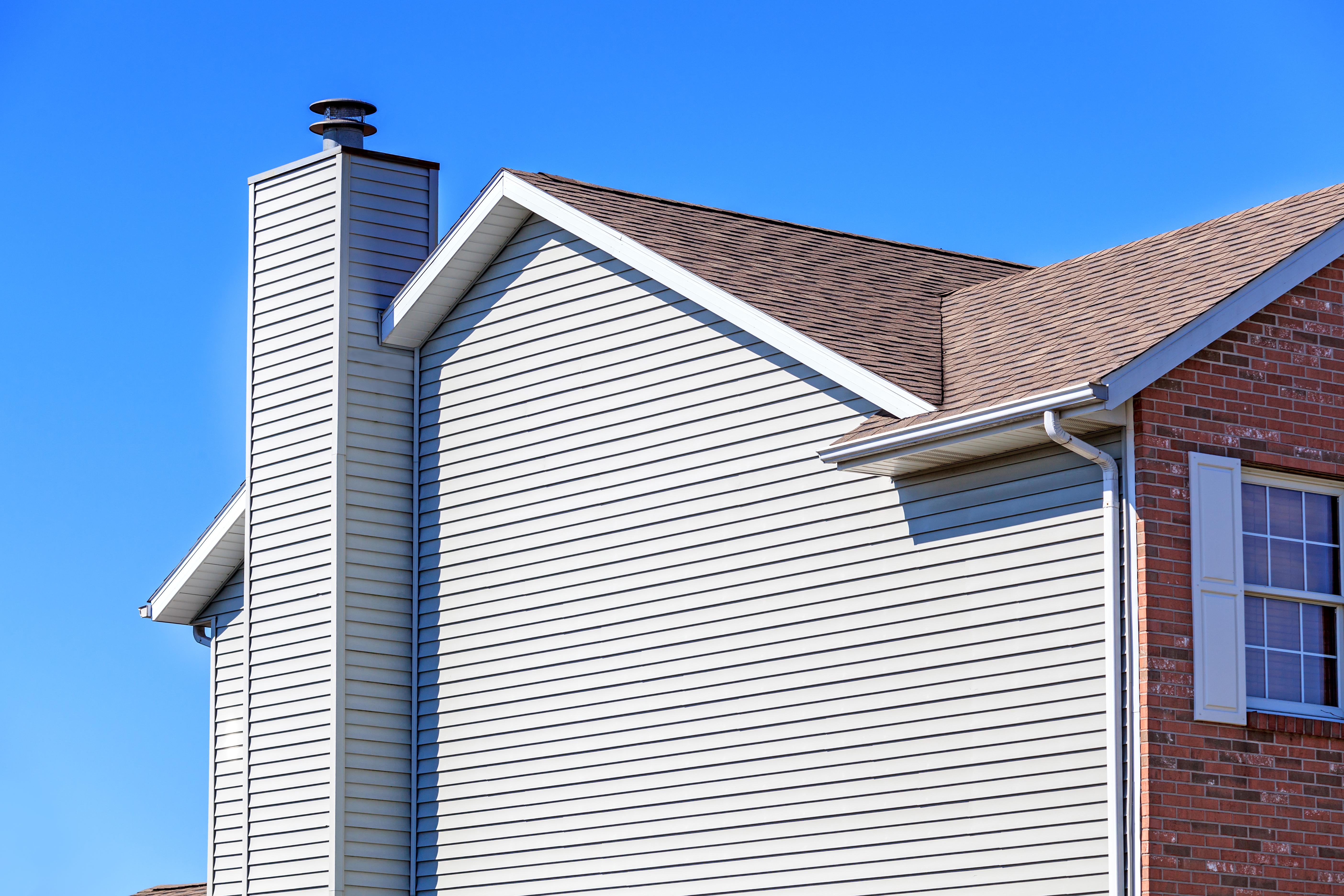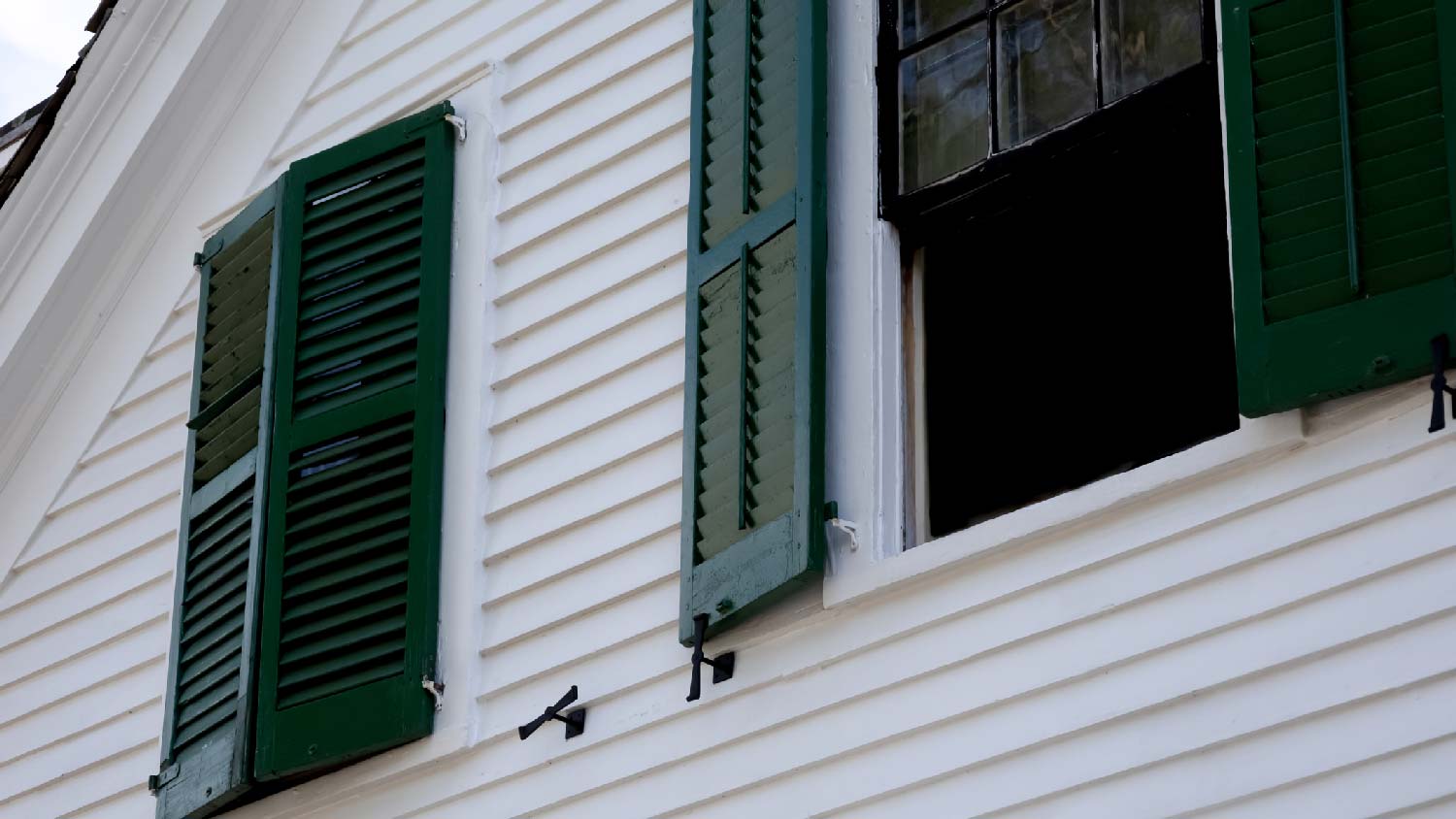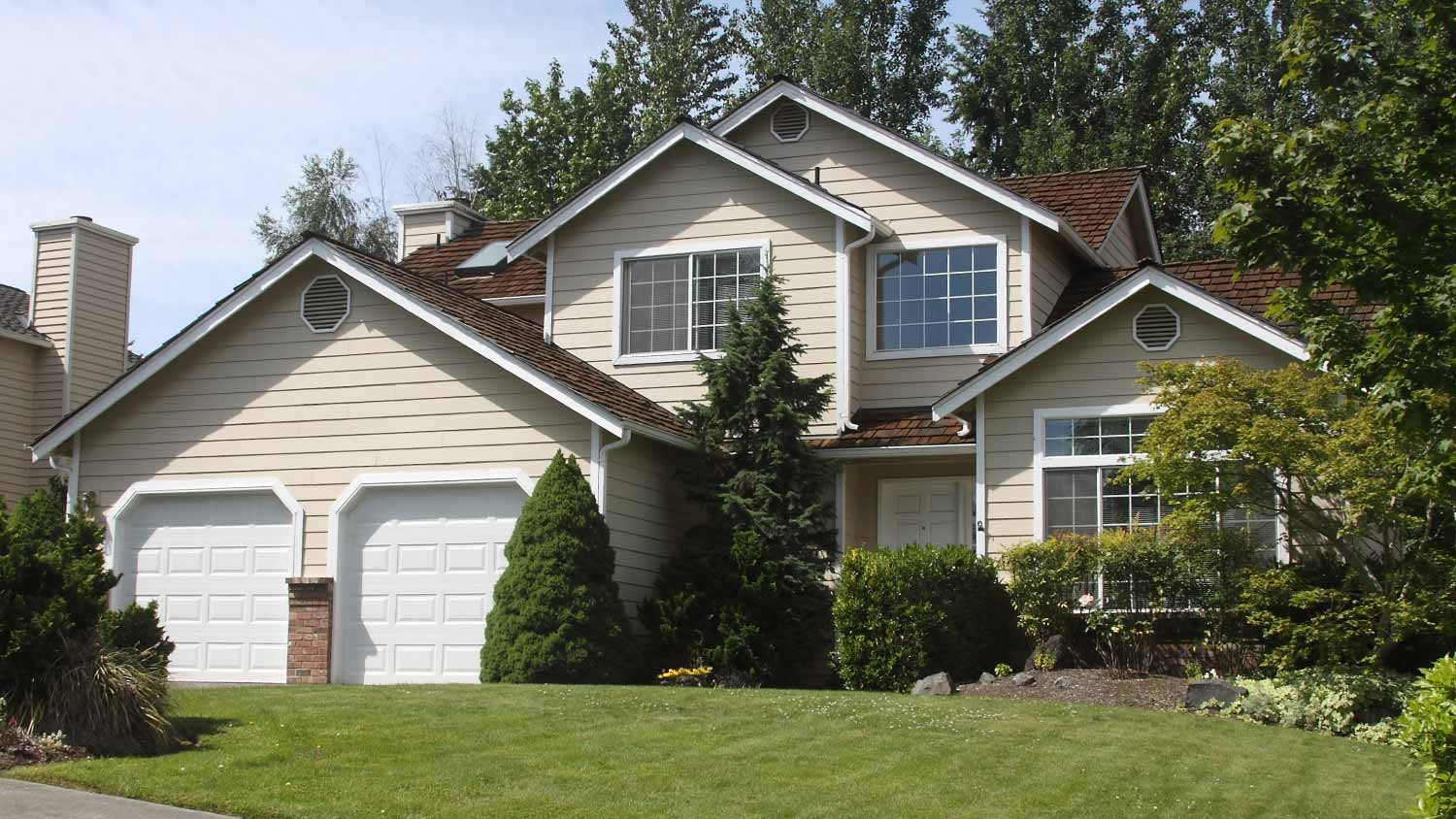
New vinyl siding adds value and curb appeal to homes in Columbus, Ohio. Learn about average vinyl siding installation costs in Columbus, Ohio.
Enjoy the drama of dark wood siding? You’re in the right place.


Shou sugi ban siding is made by charring wood to turn it black.
It’s best for homeowners who want the drama of a dark-colored siding.
Shou sugi ban is typically more expensive than other types of dark siding.
Shou sugi ban siding is a product of the Japanese art of yakisugi, which means “burned cedar.” This siding option is best for homeowners who want a unique wood siding in a dark, dramatic color that’s durable and long-lasting. Find out more about the shou sugi ban process and decide whether this distinctive type of siding is right for your home.
Shou sugi ban, also called yakisugi, is a centuries-old process of preserving wood siding by charring it (turning it a dark, often a gray or black color) and covering it in a protective oil. Shou Sugi Ban originated in 18th century Japan and is slowly starting to grow in popularity in western homes. While many are selecting this style for aesthetic purposes, the charring treatment also naturally weatherproofs the wood from moisture, mold, insects, and fire. Shou Sugi Ban is not only found in siding, but also furniture, decks, fencing, flooring, and any other decor where wood is commonly used.
True yakisugi technique takes years to master, so it’s best to seek out a lumber distributor or siding contractor who is familiar with the Japanese wood burning process. Once a pro has sourced the right kind of wood they then char the planks using a torch.
After charring the wood, they use a wire brush or sandpaper to remove the outer layer. Based on the texture you want, this process can be done sparingly for a coarse texture or a bit more intensely for a smoother texture. However, the smoother it is, the lighter the siding will appear—closer to a dark brown instead of black. Once the texture is set, they finish the wood with an oil or sealer, which helps it hold up against the elements.
Traditionally, Japanese red cedar is used for Shou Sugi Ban. It is very sturdy and naturally waterproof, but also comes with a very high price tag. You’ll want to consult with a siding professional with extensive knowledge of timber quality to determine a good substitute, but the following are other wood types that have been used:
Western Cedar
Accoya
Pine
Larch
Generally, softwoods are a better option for this treatment over hardwoods. Hardwoods like oak and maple aren’t as durable and an attempt to use Shou Sugi Ban on them could result in a “bland” color that doesn’t reflect your desired end result.

While shou sugi ban siding has a few benefits, it has some drawbacks. Consider these pros and cons before you commit to shou sugi ban for your home.
Shou sugi ban was first invented as a way to protect homes from weather, mold, and pests before modern-day chemical preservatives for siding were available. This is still true today, making shou sugi ban siding a great choice for homeowners who want siding with longevity and function.
Another benefit is the uniqueness of this type of wood siding. If you’re looking for a strong siding that also stands out from the typical options out there, shou sugi ban does the trick.
This type of siding is typically expensive to manufacture, meaning you’ll likely pay more for it than other types of siding. On average, shou sugi ban siding costs between $7,000 and $45,000 to install, or between $2 per square foot and $25 or more per square foot.
While the yakisugi process gives siding a rustic look and character, homeowners who have their heart set on a dark-colored home exterior can also purchase more affordable siding options in dark brown or black. Composite, fiber-cement board (also called Hardie board), and stained wood siding usually also come in dark colors and cost less than shou sugi ban siding.
To keep this siding in good condition, you need to rinse and oil (or seal) it every few years—even more often if you live in an area that gets lots of storms, or relentless sunlight. When rinsing, don’t use a power washer, as this can remove some of the charred texture from the wood. Instead, spray with a regular hose or wipe a washcloth with soapy water to remove debris.
Homeowners can apply oil to keep the wood protected and looking new, particularly if the siding has a coarser finish. Tung oil or linseed oil are good options for oiling shou sugi ban. To apply it, use a paintbrush or other stiff-bristled brush and wipe excess oil with a washcloth or towel to avoid drips. Some homeowners instead opt to seal the wood with a polyurethane sealer if the shou sugi ban siding has a smoother texture.
From average costs to expert advice, get all the answers you need to get your job done.

New vinyl siding adds value and curb appeal to homes in Columbus, Ohio. Learn about average vinyl siding installation costs in Columbus, Ohio.

Fiber cement siding is durable, fire-resistant, and affordable. Learn more about fiber cement installation costs in Columbus, OH.

In addition to protecting against extreme Midwest temperatures, new siding in Columbus adds curb appeal. Learn about siding replacement cost in Columbus.

Old, damaged siding may leave your home unprotected against the elements. Learn when to replace siding and what signs to look for.

The best time of year to install siding depends on your siding material, budget, and more. Learn when is best and what factors affect your project timing.

Can you put siding over brick? In many cases, yes. Our guide walks you through when and how—and when you shouldn’t.